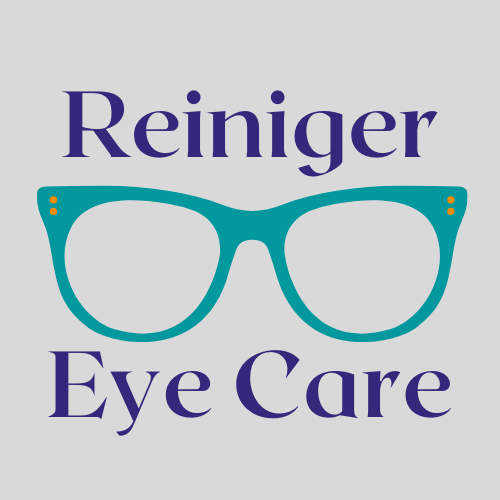FAQ's
Opthalmologist vs. Optometrists vs. opticians: similarities and differences
The three main types of eye care professionals are ophthalmologist, optometrists, and opticians. Ophthalmologists and optometrists are both involved with the examination of healthy eye and the diagnosis and treatment of eye diseases.
An Optometrist is a Doctor of Optometry (OD). To become an optometrist, one must complete pre-professional undergraduate college education followed by 4 years of professional education in a college of optometry in optometric school, the student receives education primarily about the eyes and how the systemic issues of the body affect the eyes. Throughout the U.S. optometrists are licensed to provide primary eye care services, including eye examinations and diagnosis of eye diseases. Optometrists are allowed to medically treat problems like glaucoma, conjunctivitis, cornea abrasions, and dry eye. They can also remove foreign bodies from the eye. Ophthalmologists often work closely with optometrists to provide integrated eye care for mutual patients. Ophthalmologists may refer patients to optometrists for primary eye care, refractions, contact lenses, prescription eyeglass lenses, glasses fittings, and postsurgical care.
An Ophthalmologist is a medical doctor (MD) who is specialized in eye and vision care. In order to become and ophthalmologist, the acquisition of an M.D. or a D.O. degree is necessary, followed by 4 years of medical school and a year of internship in general medicine. Every ophthalmologist spends a minimum of 3 years in a residency specializing in ophthalmology. Opthalmologists are trained to provide the full spectrum of eye care, from prescribing glasses and contact lenses to performing complex and delecate surgery. Some ophthalmologists will acquire additional fellowship training in a subspecialty area of opthalmology, such as retina, glaucoma, pediatrics, ocuplastics, refractive surgery, uveitis, pathology, or neuro-ophthalmology.
Opticians are trained in filling prescriptions for eyeglasses and determine the proper eyeglass frames and adjust frames for proper fit.
What is glaucoma?
Glaucoma is a disease of the eye causing damage to the optic nerve. (part of the retina that connects the brain to the eye) We attribute this damage to pressures inside the eye being high. This disease often can have little to no symptoms other than a slow gradual loss in peripheral vision.
What are floaters?
Floaters are small darkened shapes that can float across your vision. They can look like little hairs, spots, squiggles, or be web-like. Most of the time these “floaters” can come and go and do not require any treatment. They are caused by strands of your vitreous (gel-like fluid that fills the eye) that pull apart or stick together and cast shadows on the retina. Occasionally they are indicators some more serious retinal issues so it is a good thing to mention to your doctor at your next visit. If you are someone who typically has floaters but they change in size and frequency and are accompanied by flashes of light you should speak to your eye doctor as soon as possible.
What is astigmatism?
Astigmatism is a common imperfection of the curvature of the eye. This imperfection can cause blurred or distorted vision at distance and near. Common complains range from general blur to lights seeming more streaky or haloed.
Why are eye exams important?
Routine eye exams are important whatever age or overall health. Regular eye exams can provide early detection of vision problems, eye diseases, and other general health related problems before they become an issue. Based on the results of your comprehensive eye exam, your Optometrist will determine a treatment plan (if needed) for your eye health needs.
I have perfect or "20/20" vision. Do I still need to have a regular eye exam?
Absolutely! Many eye diseases or disorders have nothing to do with your general vision, and are asymptomatic. It is best to detect any condition and initiate treatment as early as possible to avoid or minimize visual impairment.
How young should children have exams?
Children can have their first eye exam as early as 6 months old. Despite children being that young there is plenty of information that your optometrist can attain from that first exam. Early detection is key when it comes to prescription and eye conditions. You want your child see an eye doctor before they start school so that there is no visual concerns that will hinder them academically.
*Refer to our pediatrics page for more information
